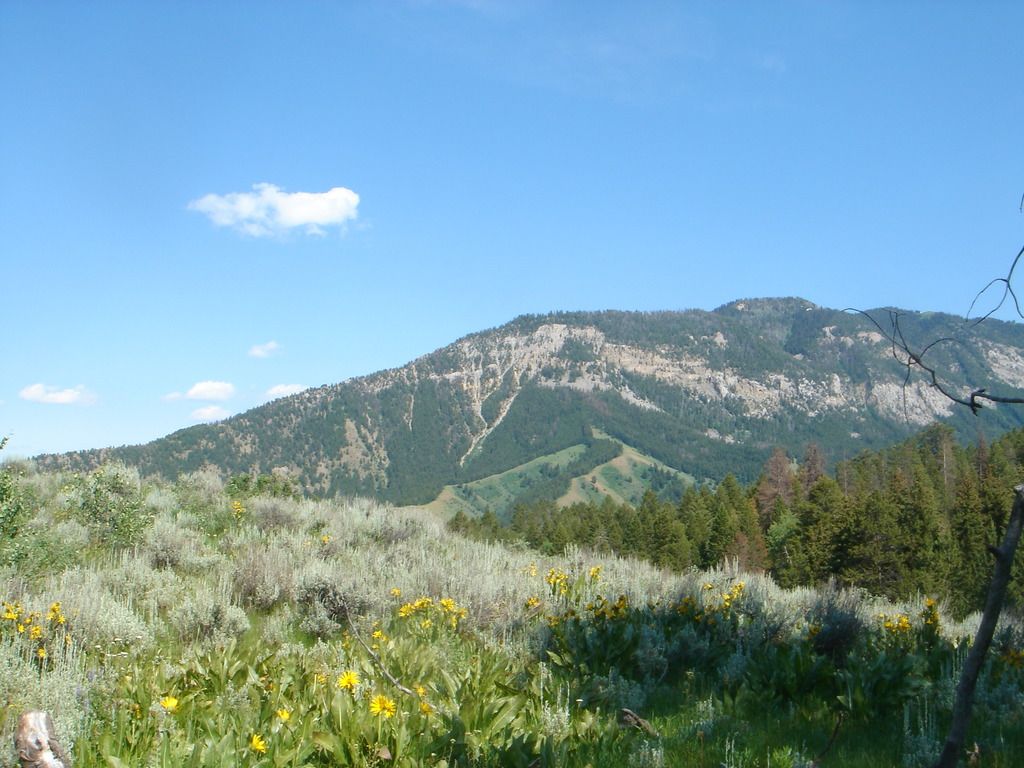Indoor Seed-Starting Timeline – Available Printable Chart
"Heck Yeah, Let's Talk Seeds!"
Starting annual vegetable seeds indoors has been a reliable method for several years, and this old-school spring indoor seed-starting schedule is still relevant - but don't get complacent! Let's dig into the reasons behind the dates and how to customize this plan to suit your gardening style.
This schedule hails from the "All New Square Foot Gardening" book penned by gardening guru, Mel Bartholomew. Known for simplifying things, his approach grabbed my attention, and it's still all we use, albeit adjusted to fit our unique conditions. But first, let's see why we start seeds according to this schedule.
Your First Mission: Find Your Last Frost Date
Locate your last frost date for the spring indoor seed-starting schedule! If you're from Canada or the USA, click here to find yours. All counting is based on this date – we start seeds indoors before the last frost date and plant them out before, at, or after that date.
Facts vs Experience: The Great Seed Saga
Every seed has a specific germination and growth rate. On average, 2-10 weeks, depending on the variety, is generally needed to grow a healthy vegetable seedling. Many seed companies provide these instructions on a seed package, telling you when to start the seeds indoors (if applicable), when to plant them out, and how many days are expected to maturity (the number in parentheses).
However, some gardeners have found that starting seeds up to five months before planting produces better results. The timing varies greatly, so it's essential to consider your unique growing conditions.
We, on the other hand, have found that starting seeds later, never more than 10 weeks before planting, works like a charm for us. While some folks might argue that starting seeds earlier helps them ace their gardening game, we prefer focusing on our indoor garden or microgreens instead of a summer garden for those five months. Just saying!
Navigating Growing Conditions
Understanding the growing conditions and times to maturity is crucial when it comes to starting your seeds indoors. A seed package like the one from West Coast Seeds reads: "Start indoors 5-8 weeks before the last frost." Now, let's decipher that. If you know your last frost day, you can count back that many weeks to find your seed starting date.
But, hey, that's not all the seed package tells you! Local seed companies, like West Coast Seeds, want to help growers in their region. They provide additional advice on when to start seeds based on their specific climate. For example, they might advise early March for coast dwellers who will transplant their seedlings in June. But wait a minute! That's a 13-14 week gap... If the seed packet says start indoors 5-8 weeks before the last frost, take that advice!
Special Sauce: The Indoor Seed-Starting Schedule Magic
The indoor seed-starting schedule from the "All New Square Foot Gardening" book is incredibly handy. It not only tells you the seed-starting date but, even more critically, the planting-out date. These dates are crucial because they determine how long you should start your seeds indoors and when you can plant them outdoors.
If you have seeds that aren't on the schedule, take the seed packet's instructions for when to start the seeds indoors and how many days are expected to maturity. Add them to the schedule accordingly.
If the planting out date on the schedule doesn't work for you, adjust the seed starting date instead. If you have a greenhouse, you can adjust the seed starting times accordingly as well. A simple plastic poly gives you about 3 degrees of protection at night. If you don't use any heat source, play it safe and plant heat-loving plants at or soon after the last frost date.
Gotta love this, though! In our Geodesic Dome greenhouse, we use a car radiator to heat and cool the space, allowing us to plant about two weeks earlier than the last frost day (still monitoring the weather, though!).
The Vegetable Dance-Off: Cold-Weather and Nightshade Plants
Cold-weather crops like brassicas, onions, and peas will be your first dance partners. These plants can handle some frost and should be planted out first since they generally prefer cooler conditions.
Nightshade family plants like tomatoes, peppers, and eggplants, on the other hand, are summer crops that crave bright and warm weather. If you start these seeds before or right at the edge of the 10-hour-day (the number of daylight hours from October 28 to February 14), they will grow very slowly and may become spindly. Spindly seedlings are no good – harvest strong ones instead!
Further Reading:
- Transplanting Tomato Plants into the Ground
- Hardening off Seedlings the Easy Way
- How to transplant seedlings into the garden
- How to Soak or Sprout Seeds Before Planting
- Northern Vegetable Garden Planting Schedule
- Starting Vegetable Seeds Indoors
- When and How to Start Tomato Seeds Indoors
- Winter Sowing Seeds in a Cold Climate (Zone 3)
- Spring Indoor Seed-Starting Schedule - Free Printable
- Organizing and Storing Seeds
Don't forget to subscribe to our website and follow us on Facebook, Instagram, or Pinterest for the latest updates!
- To grow a bountiful garden in a cold climate, consider starting your seeds indoors using the old-school spring indoor seed-starting schedule, which is still relevant today.
- Customize the indoor seed-starting schedule to suit your gardening lifestyle, taking into account your unique family living conditions and local climate. Remember to find your last frost date before deciding on when to start your seeds.
- Keep in mind the growth rates and germination times of various seeds, as indicated on the seed package. For instance, some gardeners have found success in starting seeds up to five months before they're transplanted, but it's essential to consider your specific garden type, such as a home-and-garden or greenhouse setup.
- In adhering to the seed package instructions, choose the appropriate seed starting date based on your last frost day, and consider additional advice from seed companies like West Coast Seeds to cater to your region's specific climate.
- Follow the magic of the indoor seed-starting schedule provided in the "All New Square Foot Gardening" book, which gives not only the seed-starting but also the planting-out dates, determining how long you should nurture your seeds indoors and when they can be planted outdoors.








